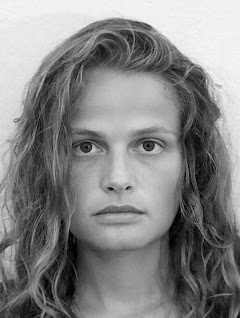Beat
Long-term stories and social issues
One Shot

“One of my favorite pictures was taken during an interview with a member of a religious group in Moscow. I was waiting for him in his living room and saw the reflection of an icon in a mirror and a cat walking out of the door. This detail of the room was atmospheric and said as much about the person as a portrait would.”
Profile
My parents gave me a film camera when I was nine and I photographed everything. I still have that camera, and a photo of me chasing my dog around with a flash.
I took my camera with me everywhere and would wander the city taking pictures. I wanted to go to film school, but eventually decided to study documentary photography in London.
I am definitely an observer rather than a participant and the aesthetics of nature and emotion are important to me. I discovered in photography an ability to tell stories, to let others talk and share.
My first assignment was on the ecology of the Black Sea. I spent a year travelling and learned a lot about working with other people.
I made a short film about deaf-blind people who lived in a house where everything was designed to help them live a normal life. It was a new and challenging experience to work with people who couldn’t see or heard me. Editing and going through the stories of loneliness and illnesses again and again was hard but when the film was published I realised it was worth it.
I love working on long-term stories, building relationships with people and learning about their lives. Photojournalism lets you explore situations you never thought you would encounter in your life.
I want to bring stories to light that people try to avoid - I think there are people who think that if they don’t see something it doesn’t exist. If a problem doesn’t affect them, it is insignificant. Photojournalism is a way to change people's perspectives.
I’m still learning but the most important thing is not to give up. Keep exploring what interests you and allow the stories to guide you.
Behind the Scenes

